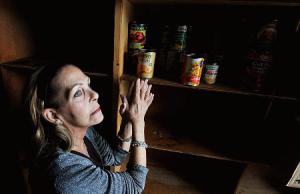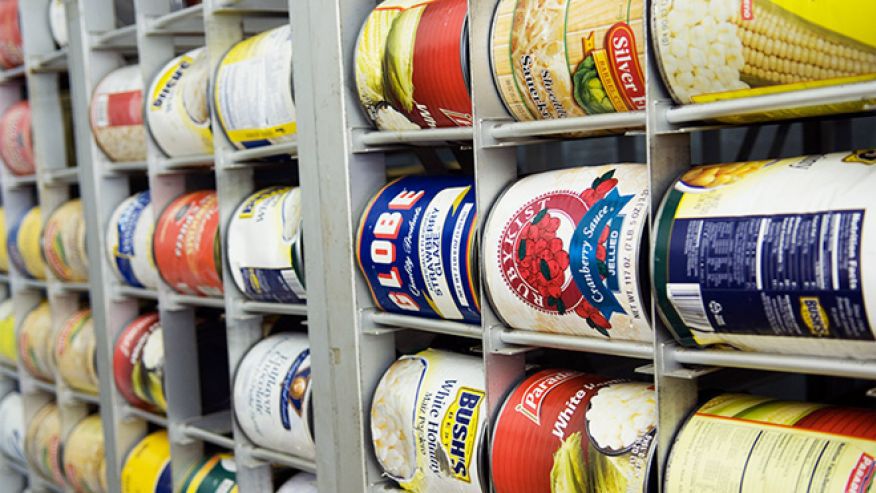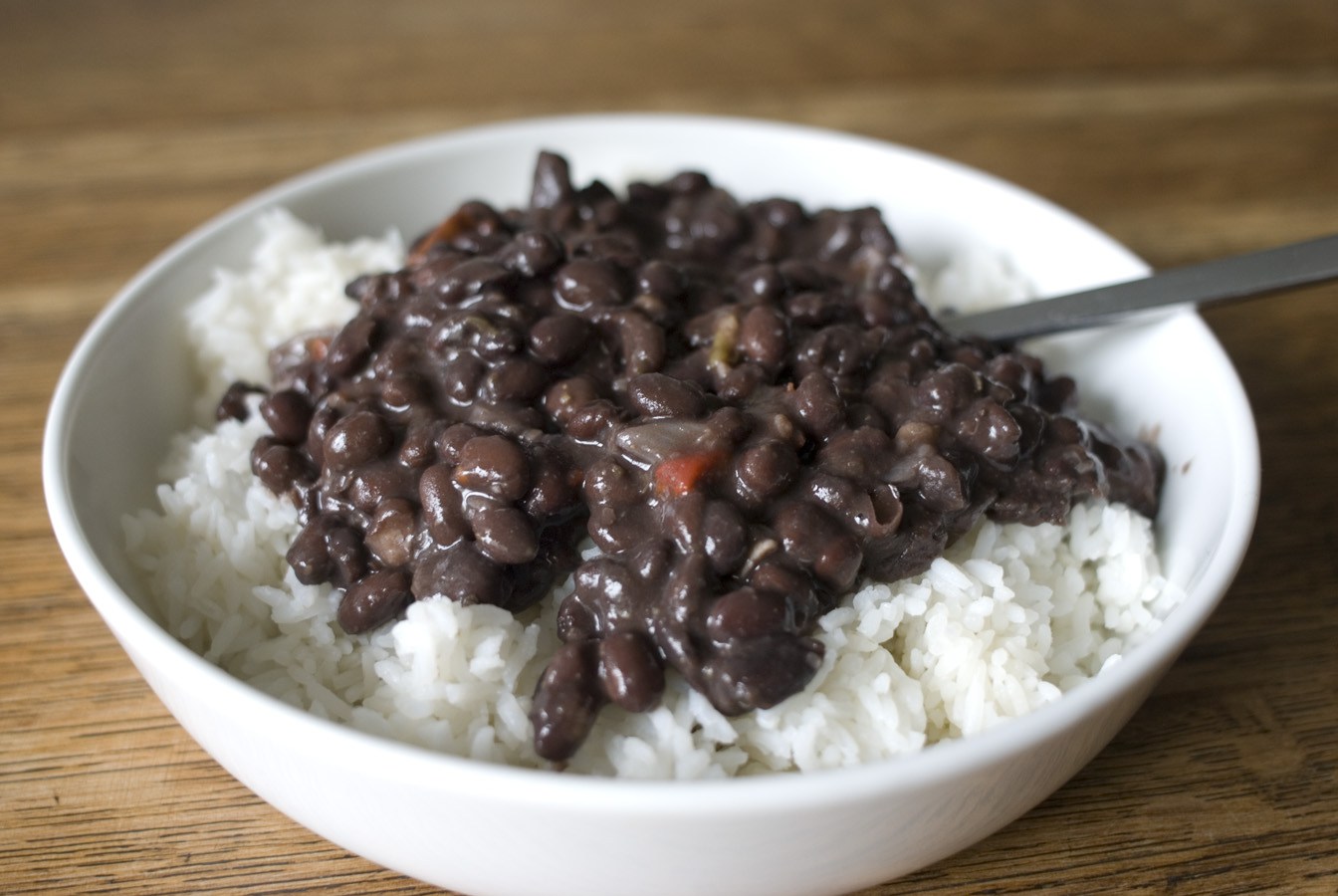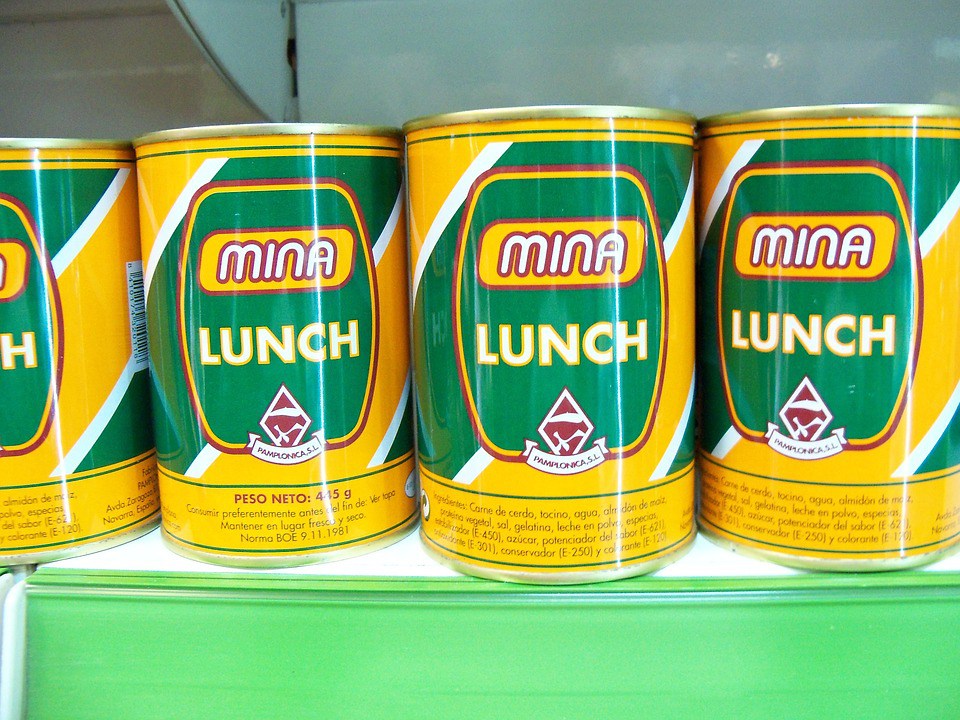
One of the first things that people tackle when beginning to prepare for emergencies is food storage, and rightfully so. But there’s a lot more to it than stacking buckets of wheat in the garage or stockpiling bottled water.
If you’re going to take the time and money to prepare for the unexpected, get informed about the do’s and don’ts of proper food storage. Here are 5 mistakes that preppers often make when starting to build their emergency food supply, and how to fix them.
Storing food you don’t like, or don’t know how to prepare
Many people will buy a bucket of wheat, throw it in the closet, and call it a day. But they don’t know how to turn that wheat into bread, or if they’ll even like it if they do. Make sure you store food that you eat on a regular basis. Try making a loaf of bread from some wheat one day (you’ll feel like a superhero, promise), and use those dry beans and rice in your everyday meals. That way, when the day comes and you need to survive off your food storage, it doesn’t flip your world upside down. In an emergency, eating food that you’re already used to is beneficial to your mental health. Don’t add to the stress of such a situation by suddenly having to prepare and eat food that is completely new to you.
Rice and beans are a prepper staple and a great option for emergency food storage, but make sure you have variety or family might balk.
And if you choose to buy pre-packaged emergency kits, many companies sell samples of the meals that are included, so you can give them a taste before you stock up. Use the same rule of thumb here too, and rotate a packaged dinner into your meal planning every couple of weeks, so you’re used to preparing and eating your food storage. Using these pantry staples will also cut down on your grocery bill, too, which is a great added bonus.
Storing food improperly
Are you stockpiling cans in the attic or out in shed? Almost any food that you plan on storing for longer than 6 months should be kept at stable temperatures and humidity levels, which makes both of those places poor options. A cool, dark place like a basement can work great, but be careful if your basement is damp or prone to flooding. The best location for your food storage is on the main level of your home, where the temperature and moisture levels are controlled. Also, try not to keep all your eggs in one basket – have several different locations where you can store food, in case one area becomes compromised.
Food would ideally be stored in a cool, dark place like a basement
Also make sure that your food storage is packaged in a way that deters pests and moisture. Buckets and #10 cans are great ways to store long-lasting food supplies. Food packaged in their original boxes or bags can work fine as long as they are rotated and used regularly – just keep an eye on those expiration dates and make sure your storage area isn’t accessible to mice or other pests.
Not having enough variety in your storage
Both for the sake of flavor as well as nutrition, make sure that you store a wide variety of food in your supply. Many novices stock up on carbohydrates like wheat and rice but forget to include other essentials. Make sure you’re covering all the necessary food groups – there are a lot of great ways to store protein, dairy, fruits, and vegetables as part of your storage staples. You can easily purchase freeze-dried fruits, vegetables, and even meat in #10 cans or buckets, and dry milk is a great way to make sure your dairy needs are met. Pre-packaged meals also offer an easy way to incorporate variety into your food storage.
Forgetting “the little things”
Things like salt, spices, oil, and condiments make food storage more enjoyable to eat, and baking ingredients such as baking powder, yeast, and eggs are essential to cooking even the most basic recipes from your supplies. Some of these things can be purchased in long-lasting forms, but a great way to make sure you have them on hand is to simply buy a little extra each time you shop. Next time you need a bottle of vegetable oil, just buy an extra and put it with your food storage. Little by little, you can build up a stockpile of these “little things”, and with proper rotation for freshness, you’ll always have a little extra of everything on hand.
Remember to store things like desserts and candy bars, too. When an emergency situation hits, sweet treats are a great way to keep life feeling as normal as possible, especially if you have children. You can buy a #10 can of something like brownie mix, or simply use the method above to always keep a few boxes of treats rotating through your regular storage.
Not rotating food or letting it go bad

If you use everyday foods in your storage, make sure to rotate them properly and use them before the expiration date.
Buying an extra can of soup and sticking on the shelf for a decade is not a wise food storage solution. If you use everyday foods in your storage, make sure to rotate them properly and use them before the expiration date. Rotating food storage simply means using the oldest item first, and putting the more recently purchased item at the back of the line. For longer term “store it and forget it” options, you can purchase meal packs contained in buckets that store for 20 years or more. We recommend using a combination of both practices for a well-rounded supply that will be both easy and safe to use in an emergency situation.
Food storage can seem intimidating at first, but if you’ve got a handle on each of these areas, you’re well on your way to having a great emergency food supply that will last and serve you well, regardless of what life throws at you. Having a supply of familiar and delicious food on hand will give you an immense feeling of relief and safety. You can start small, and begin today!























